Observing closely, using simple equipment.
Performing simple tests.
Create and debug simple programs.
Can evaluate and apply information technology, including new or unfamiliar technologies, analytically to solve problems.
Develop scientific knowledge and conceptual understanding through the specific disciplines of biology, chemistry and physics
Critique, evaluate and test their ideas and products and the work of others.
Build and apply a repertoire of knowledge, understanding and skills in order to design and make high-quality prototypes and products for a wide range of users.
Develop the creative, technical and practical expertise needed to perform everyday tasks confidently and to participate successfully in an increasingly technological world.
Asking relevant questions and using different types of scientific enquiries to answer them.
Setting up simple practical enquiries, comparative and fair tests.
Design, write and debug programs that accomplish specific goals, including controlling or simulating physical systems; solve problems by decomposing them into smaller parts.
To use a range of materials creatively to design and make products.
Produce creative work, exploring their ideas and recording their experiences.
Present observations and data using appropriate methods, including tables and graphs.
Recognise common uses of information technology beyond school.
Evaluate their ideas and products against their own design criteria and consider the views of others to improve their work.
Investigate and analyse a range of existing products.
Generate, develop, model and communicate their ideas through discussion, annotated sketches, cross-sectional and exploded diagrams, prototypes, pattern pieces and computer-aided design.
Develop and communicate design ideas using annotated sketches, detailed plans, 3-D and mathematical modelling, oral and digital presentations and computer-based tools.
Build structures, exploring how they can be made stronger, stiffer and more stable.
Use technology purposefully to create, organise, store, manipulate and retrieve digital content.
Using their observations and ideas to suggest answers to questions.
Gathering and recording data to help in answering questions.
Taking measurements, using a range of scientific equipment, with increasing accuracy and precision, taking repeat readings when appropriate.
Simple techniques for separating mixtures: filtration, evaporation, distillation and chromatography.
Earth as a source of limited resources and the efficacy of recycling.
Comparing energy values of different foods (from labels) (kJ)
Speed and the quantitative relationship between average speed, distance and time (speed = distance ÷ time).
Ask questions and develop a line of enquiry based on observations of the real world, alongside prior knowledge and experience.
Make and record observations and measurements using a range of methods for different investigations; and evaluate the reliability of methods and suggest possible improvements.
Understand that a multiplicative relationship between two quantities can be expressed as a ratio or a fraction.
Measure and begin to record capacity and volume.
Measure and begin to record time (hours, minutes, seconds).
Measure and begin to record the lengths.
Collect, analyse and communicate with a range of data gathered through experiences of fieldwork that deepen their understanding of geographical processes.
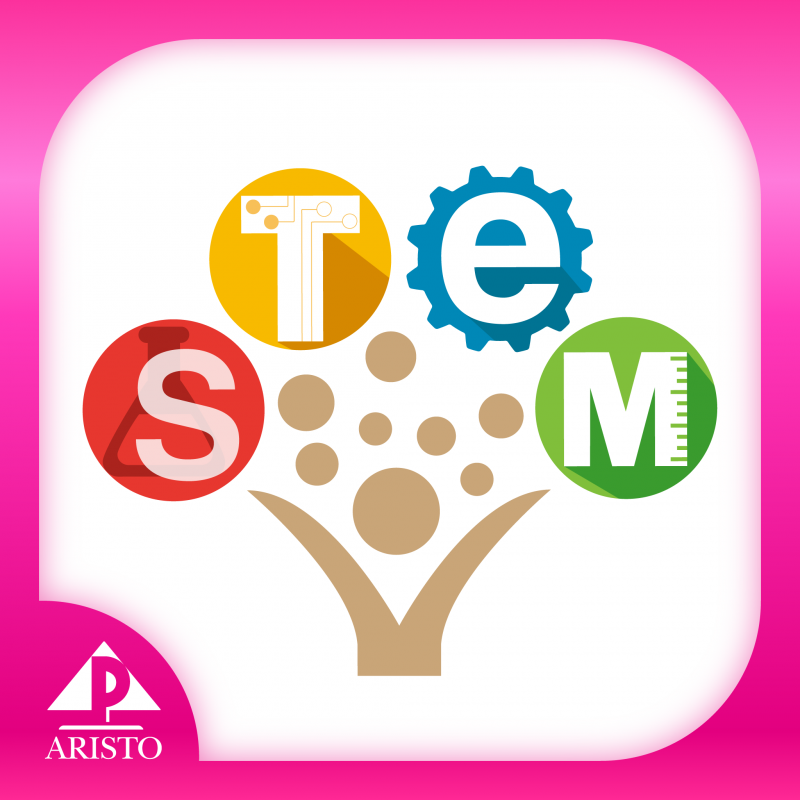


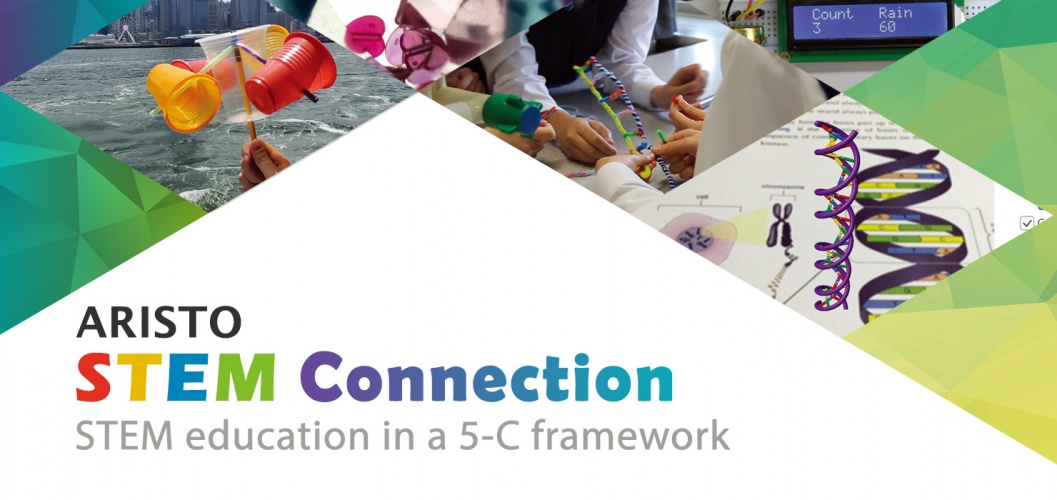
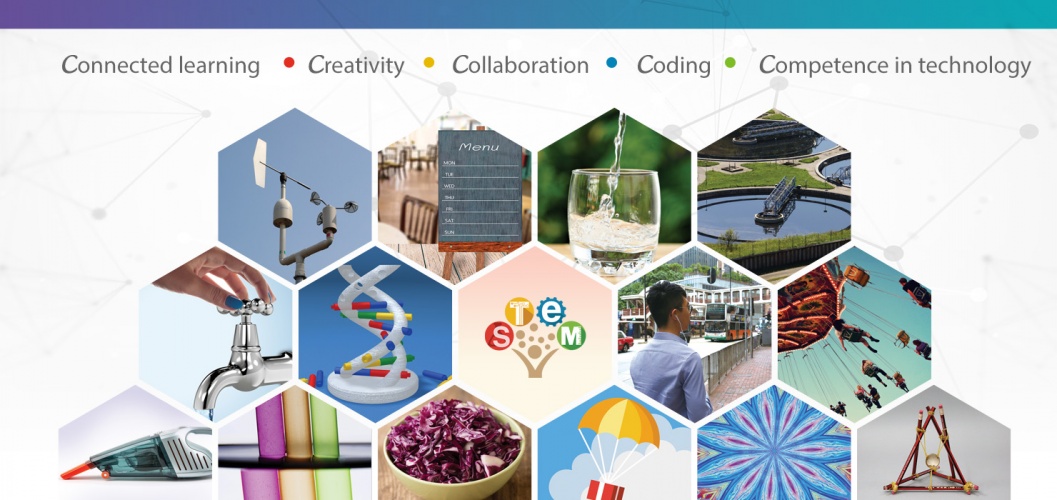
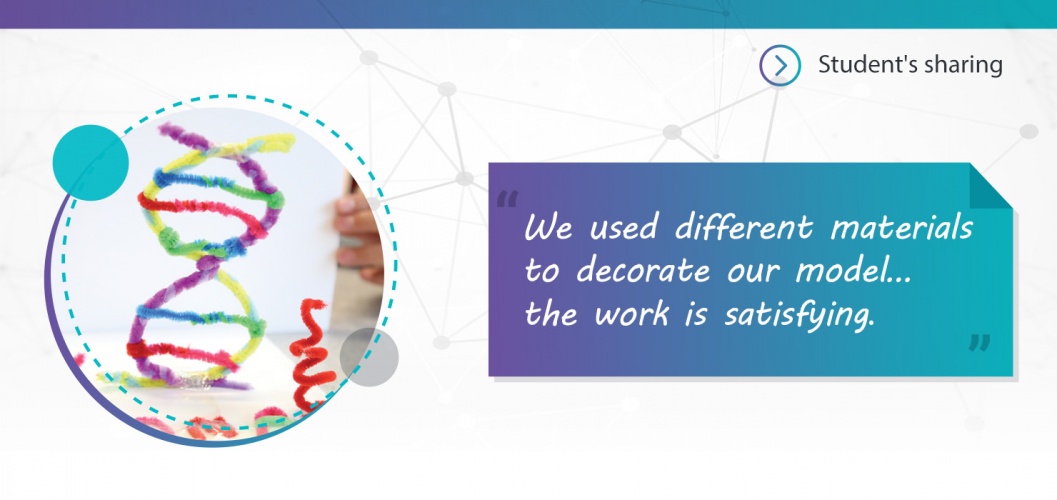
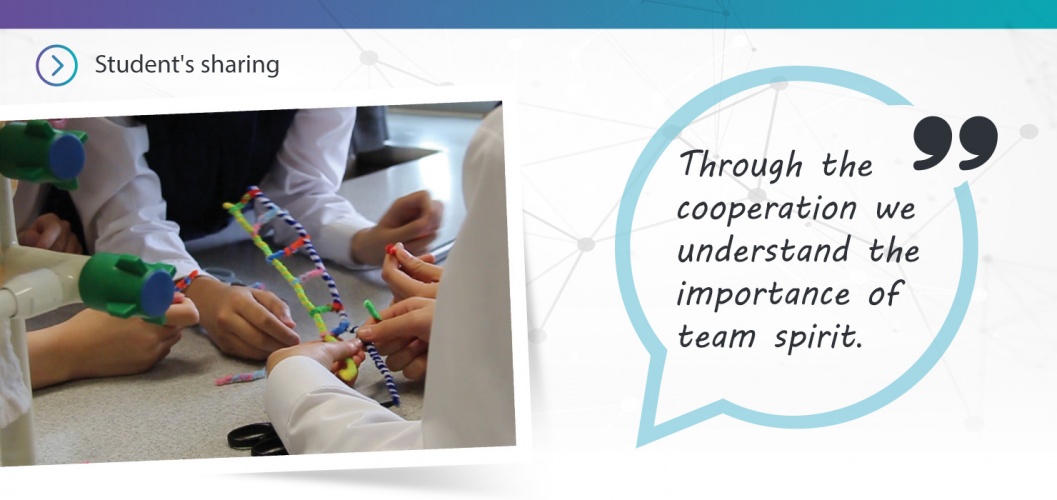
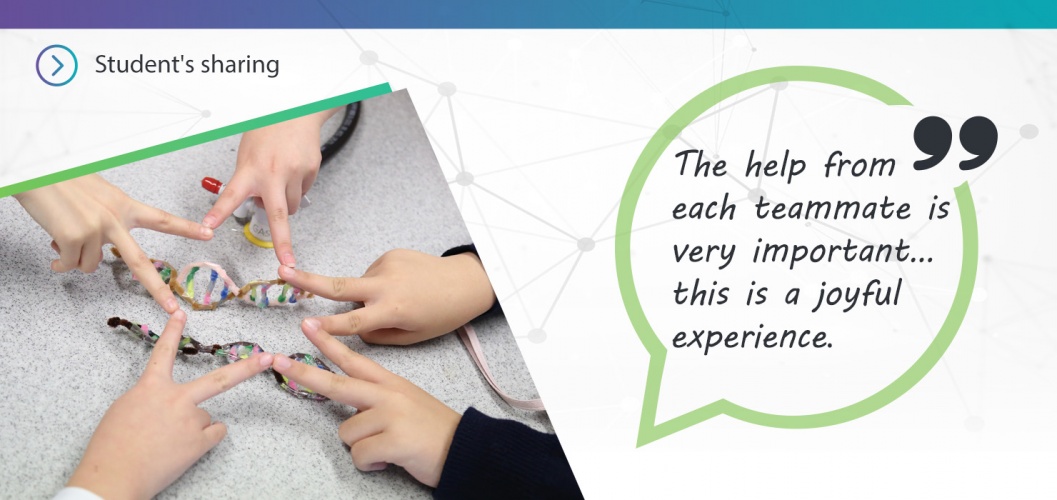
User reviews for Aristo STEM Connection
You need to log in to post a review.